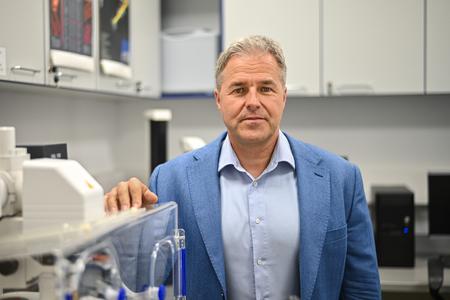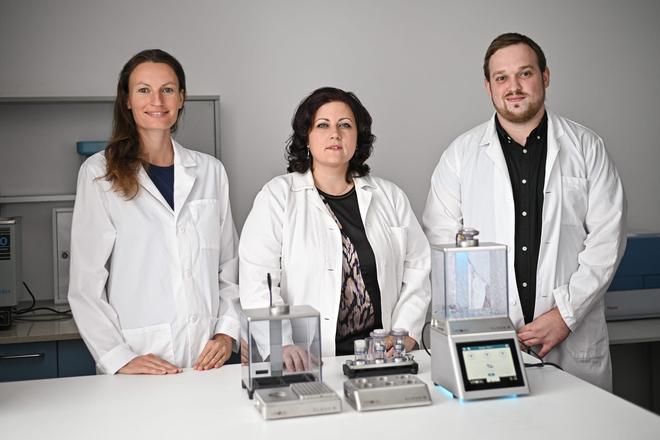At the annual meeting of the US Society of Toxicology (US SOT), held in March in Florida, scientists from the Institute of Experimental Pharmacology and Toxicology at the Centre of Experimental Medicine (IEPT CEM) of the Slovak Academy of Sciences (SAV), were honoured with a prestigious award. Their research, which focuses on ocular irritation and photoirritation testing, utilises reconstructed human corneal-like tissue models – innovative products of tissue engineering that offer a humane and scientifically advanced alternative to traditional animal testing.
The first author of the awarded scientific paper is Peter Pôbiš, PhD candidate at IEPT CEM and member of SK-NETVAL team. spoke to the Slovak Spectator about ways to limit testing on animals and how the IEPT team contributes to these efforts.

You are continuing research started by your supervisor, Helena Kanďárová, who has previously been recognised for her contributions to the development of alternative methods for regulatory testing purposes. Why is it important to focus on alternatives?
Testing in animals, especially in the 20th century, was required in many areas to assess the safety of consumer products, develop new drugs, and demonstrate their effectiveness. It was also conducted in order to understand the pathways that lead to toxicity and, in general, to understand the mechanisms of physiological processes in various organisms.
Progress in science, technology and especially tissue engineering offer various innovative methods and models that can be used as well, such as 3D tissue models, micro-fluidic systems, organs on chips, computer systems and machine learning; even 3D printing of some tissues and organs is possible today. They can help us to understand the risks and safety of the products in a similar manner to animal tests. They often detect the negative effects of chemicals in early pre-clinical testing phases, are more reproducible than animal testing, and in many cases save costs. This is one reason why the industry and regulators are gradually adopting these methods, since they are scientifically justified and validated. It is quite well known that many drugs do not pass clinical tests, even though they may show excellent results for safety and efficacy in animal trials.
However, when trials moved into humans, it was found that these drugs did not have the desired effect they had originally demonstrated and in the worst cases were even causing serious side effects in humans. That's something that research like ours can help eliminate. These innovative methods are specifically aimed at humans – in many cases, they use human cells and try to reflect human responses from the start.
To stay up to date with what scientists in Slovakia or Slovak scientists around the world are doing, subscribe to the Slovak Science newsletter, which will be sent to readers free of charge four times a year.
Is it possible to completely replace animals in tests? At present, it is probably difficult, but what about in future?
At the moment, opinions on this question differ greatly. Some scientists and regulators say that it will never be possible; others say that one day it will, especially in areas of regulatory toxicity testing, where tests are really standardised. In basic research, the use of animals is still the preferred path for many research groups. Despite current in vitro models and methods being reliable and giving reproducible results, they still have limitations.



 From left: Tatiana Milasová; Helena Kanďárová, Peter Pôbiš. (source: Archive of P. B.)
From left: Tatiana Milasová; Helena Kanďárová, Peter Pôbiš. (source: Archive of P. B.)